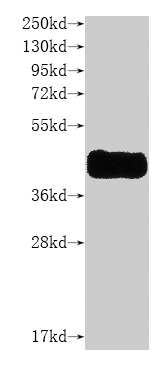Recombinant Mouse Glucose-dependent insulinotropic receptor (Gpr119), partial
-
中文名稱:小鼠Gpr119重組蛋白
-
貨號:CSB-YP766514MO1
-
規格:
-
來源:Yeast
-
其他:
-
中文名稱:小鼠Gpr119重組蛋白
-
貨號:CSB-EP766514MO1
-
規格:
-
來源:E.coli
-
其他:
-
中文名稱:小鼠Gpr119重組蛋白
-
貨號:CSB-EP766514MO1-B
-
規格:
-
來源:E.coli
-
共軛:Avi-tag Biotinylated
E. coli biotin ligase (BirA) is highly specific in covalently attaching biotin to the 15 amino acid AviTag peptide. This recombinant protein was biotinylated in vivo by AviTag-BirA technology, which method is BriA catalyzes amide linkage between the biotin and the specific lysine of the AviTag.
-
其他:
-
中文名稱:小鼠Gpr119重組蛋白
-
貨號:CSB-BP766514MO1
-
規格:
-
來源:Baculovirus
-
其他:
-
中文名稱:小鼠Gpr119重組蛋白
-
貨號:CSB-MP766514MO1
-
規格:
-
來源:Mammalian cell
-
其他:
產品詳情
-
純度:>85% (SDS-PAGE)
-
基因名:
-
Uniprot No.:
-
別名:Gpr119; Glucose-dependent insulinotropic receptor; G-protein coupled receptor 119
-
種屬:Mus musculus (Mouse)
-
蛋白長度:Partial
-
蛋白標簽:Tag?type?will?be?determined?during?the?manufacturing?process.
The tag type will be determined during production process. If you have specified tag type, please tell us and we will develop the specified tag preferentially. -
產品提供形式:Lyophilized powder
Note: We will preferentially ship the format that we have in stock, however, if you have any special requirement for the format, please remark your requirement when placing the order, we will prepare according to your demand. -
復溶:We recommend that this vial be briefly centrifuged prior to opening to bring the contents to the bottom. Please reconstitute protein in deionized sterile water to a concentration of 0.1-1.0 mg/mL.We recommend to add 5-50% of glycerol (final concentration) and aliquot for long-term storage at -20℃/-80℃. Our default final concentration of glycerol is 50%. Customers could use it as reference.
-
儲存條件:Store at -20°C/-80°C upon receipt, aliquoting is necessary for mutiple use. Avoid repeated freeze-thaw cycles.
-
保質期:The shelf life is related to many factors, storage state, buffer ingredients, storage temperature and the stability of the protein itself.
Generally, the shelf life of liquid form is 6 months at -20°C/-80°C. The shelf life of lyophilized form is 12 months at -20°C/-80°C. -
貨期:Delivery time may differ from different purchasing way or location, please kindly consult your local distributors for specific delivery time.Note: All of our proteins are default shipped with normal blue ice packs, if you request to ship with dry ice, please communicate with us in advance and extra fees will be charged.
-
注意事項:Repeated freezing and thawing is not recommended. Store working aliquots at 4°C for up to one week.
-
Datasheet :Please contact us to get it.
相關產品
靶點詳情
-
功能:Receptor for the endogenous fatty-acid ethanolamide oleoylethanolamide (OEA) and lysophosphatidylcholine (LPC). Functions as a glucose-dependent insulinotropic receptor. The activity of this receptor is mediated by G proteins which activate adenylate cyclase. Seems to act through a G(s) mediated pathway.
-
基因功能參考文獻:
- GPR119 is the oleoyl-lysophosphatidylinositol receptor that is required for GLP-1 secretion in enteroendocrine cells. PMID: 29883799
- beta-cell GPR119 expression is dispensable for the physiological control of insulin secretion. PMID: 28254842
- we offer evidence for a GPR119-based signaling system in the mammalian eye, with receptors, ligands, and function in the form of a reduction in IOP. Notably this reduction in pressure is restricted to female mice PMID: 28593245
- Angelica dahurica extract-treated cells showed significant increases in GPR119 activation, intracellular cAMP levels, GLP-1 levels and glucose-stimulated insulin secretion as compared with controls PMID: 27391814
- fat-derived monoacylglycerols are potent candidates for mediating fat-induced GLP-1 release through GPR119 in vivo. PMID: 27297962
- GPR119 in L-cells plays a key role in oral lipid-triggered GLP-1 secretion. PMID: 26144594
- Data indicate that G-protein coupled receptor 119 (GPR119) knockout prevents the therapeutic effects of Gordonoside F. PMID: 25246581
- Describe novel small-molecule GPR119 agonists with high receptor selectivity and capacity to induce glucose-stimulated insulin secretion. PMID: 24681896
- Novel GPR119 agonist, HD0471042, effectively controlled glucose levels and prevented weight gain in type 2 diabetic mice. PMID: 23897163
- AR231453, a GPR119 agonist, can stimulate beta-cell replication and improve islet graft function PMID: 22099761
- Our results demonstrate that combining a GPR119 agonist with a DPP-IV inhibitor may offer a novel therapeutic strategy for stimulating beta-cell regeneration and reversing diabetes. PMID: 23382843
- Data suggest that GPR119 activation/up-regulation in skeletal muscle impairs fatty acid and glucose oxidation; diet-induced obesity appears to up-regulate skeletal muscle GPR119. PMID: 23069642
- Data suggest that, in lean mice, 2-oleoylglycerol and linoleylethanolamine serve as physiologically relevant endogenous GPR119 agonists that mediate receptor activation upon nutrient uptake. PMID: 23074242
- GPR119 engages multiple complementary pathways for control of glucose homeostasis. PMID: 21068156
- findings show that N-oleoyldopamine (OLDA)& structurally related hydroxybenzyl amides are robust activators of GPR119; studies indicate that multiple, distinct classes of lipid amides, acting via GPR119, may be important modulators of glucose homeostasis PMID: 19901198
- GPR119 therefore represents a novel and attractive potential target for the therapy of obesity and related metabolic disorders. PMID: 16517404
- The Gpr119 mRNA levels were elevated in islets of obese hyperglycemic db/db mice as compared to control islets, suggesting a possible involvement of this receptor in the development of obesity and diabetes. PMID: 17070774
- AR231453 also enhanced glucose-dependent insulin release in vivo and improved oral glucose tolerance in wild-type mice but not in GPR119-deficient mice. PMID: 17289847
- GPR119 regulates glucose tolerance by acting on intestinal endocrine cells as well as pancreatic beta-cells. PMID: 18202141
- oleoylethanolamine increases glucagon-like peptide-1 secretion from intestinal L-cells through activation of the novel GPR119 fatty acid derivate receptor in vitro and in vivo. PMID: 19208912
- GPR119 is important for incretin and insulin secretion, but not for appetite suppression. PMID: 19282326
顯示更多
收起更多
-
亞細胞定位:Cell membrane; Multi-pass membrane protein.
-
蛋白家族:G-protein coupled receptor 1 family
-
組織特異性:Expression restricted to the beta-cells of pancreatic islets.
-
數據庫鏈接:
Most popular with customers
-
Recombinant Human Tumor necrosis factor receptor superfamily member 14 (TNFRSF14), partial (Active)
Express system: Mammalian cell
Species: Homo sapiens (Human)
-
Recombinant Human Tumor necrosis factor ligand superfamily member 18 (TNFSF18), partial (Active)
Express system: Mammalian cell
Species: Homo sapiens (Human)
-
Recombinant Human Mucin-16 (MUC16), partial (Active)
Express system: Mammalian cell
Species: Homo sapiens (Human)
-
Recombinant Human Tumor necrosis factor receptor superfamily member 1A (TNFRSF1A), partial (Active)
Express system: Mammalian cell
Species: Homo sapiens (Human)
-
Recombinant Human Plexin-B1 (PLXNB1), partial (Active)
Express system: Mammalian cell
Species: Homo sapiens (Human)
-
Recombinant Human Claudin-18.2 (CLDN18.2)-VLPs (Active)
Express system: Mammalian cell
Species: Homo sapiens (Human)
-
Recombinant Human Interleukin-17A (IL17A) (T26A) (Active)
Express system: Baculovirus
Species: Homo sapiens (Human)
-
Recombinant Human C-C chemokine receptor type 8 (CCR8)-VLPs (Active)
Express system: Mammalian cell
Species: Homo sapiens (Human)


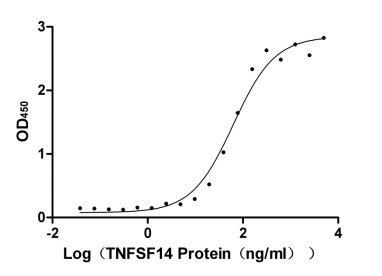
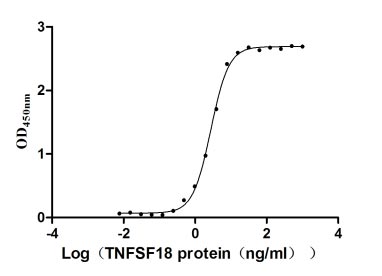
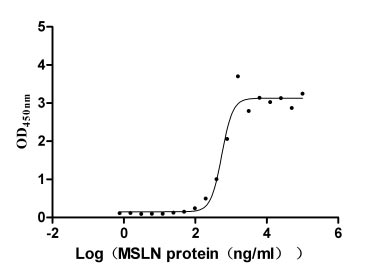
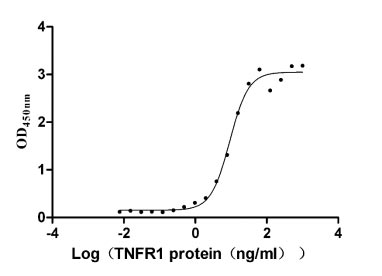
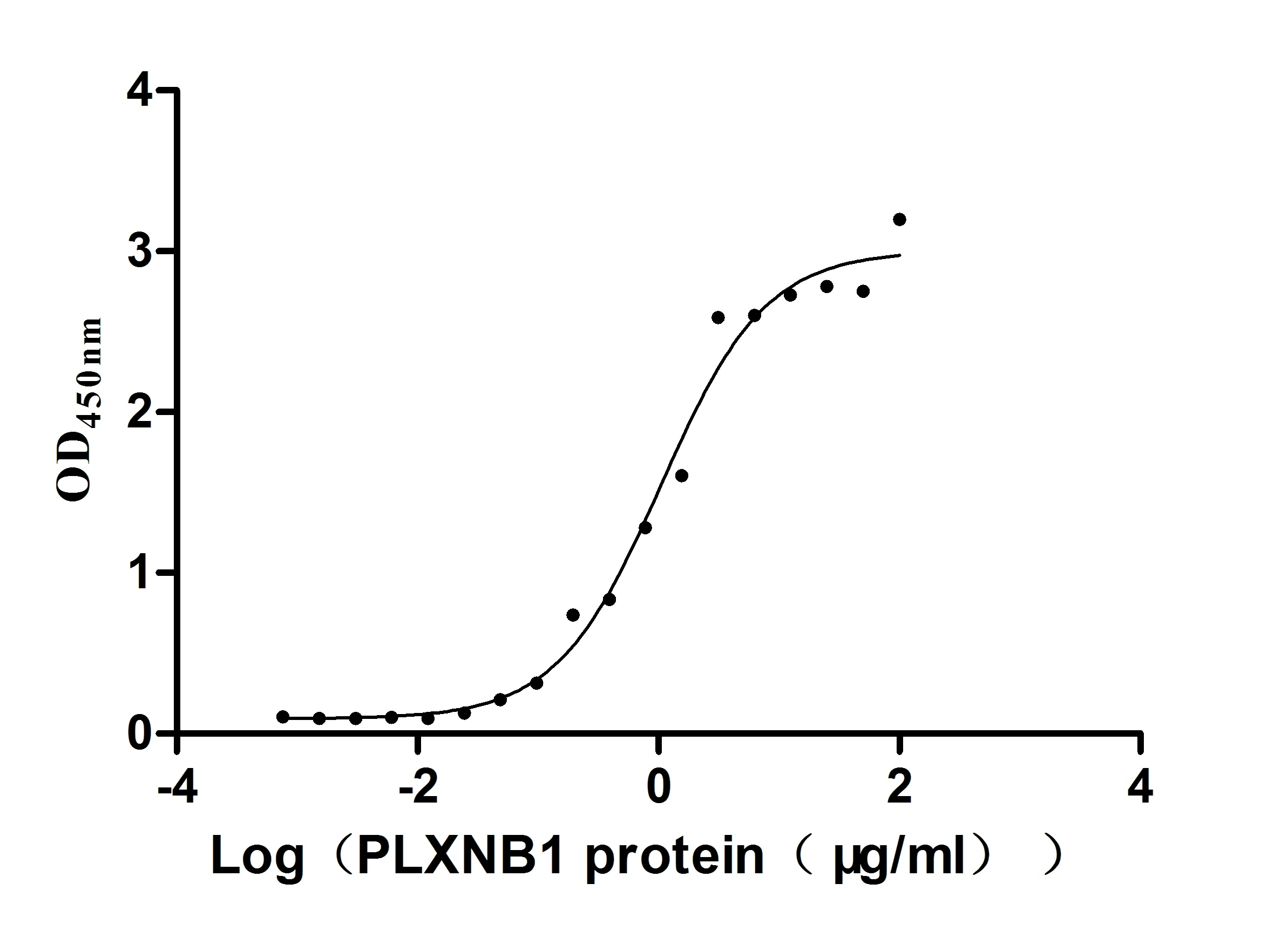
-AC1.jpg)
-AC1.jpg)
